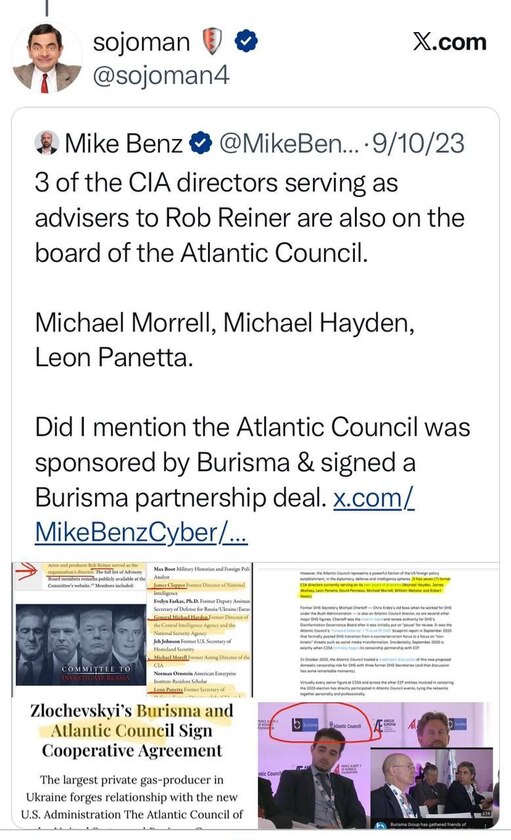
We know what’s coming and we are prepared.
🇺🇸🇨🇳🇮🇱 What will the surge of US forces to the Middle East cost the military?
The day the Middle East almost erupted into a full regional war this summer, Lloyd Austin was touring an Asian shipyard.
Just before the defense secretary visited Subic Bay, Philippines, the former site of a massive U.S. Navy base, Israel killed the political leader of Hamas, who was visiting Iran.
Austin’s July visit was meant to show his focus on Asia, the region America says is its top priority. Instead, he ended the trip distracted by the Middle East, spending hours containing the crisis on a flight back to Washington.
Since Oct. 7, when Hamas’ attack on Israel provoked all-out war in Gaza, the Pentagon has been on call. When the region has approached a wider war, the Defense Department surged forces there to calm it down. But after a year, some in Congress and the Pentagon are growing concerned about how to sustain that pace, and what it will cost the military in the long term.
Call it the U.S. Central Command squeeze. The Pentagon insists its surge has helped stop the Middle East from falling into chaos. But the longer the region borders on conflict, the more the U.S. tests its endurance for crises later on, most notably, a future conflict with China.
The pressure on the military increased even further this week. After their most intense attacks in almost 20 years, Israel and the Lebanese militia group Hezbollah are close to a larger war. On Monday, Austin yet again ordered more troops to the region, joining 40,000 other American personnel there, 6,000 more than normal. Another aircraft carrier may soon follow.
“We’re caught in this kind of never-ending quagmire of having to divert resources, and we’re burning [out] on the back end,” a senior congressional aide said.
Their message was that America’s military wouldn’t exhaust itself anytime soon, but that a year of unplanned deployments and spent missiles come with a cost. Even more, they said, the longer the crisis continues, the more the Pentagon will have to manage tradeoffs between the urgent needs of the Middle East and the rising challenges of the Indo-Pacific.
Pentagon leaders say they calculate the risk in pulling assets from one region to another, and that the choice to move forces away from Asia is a sign that they consider the region stable enough to do so.
“I have relayed messages that it is better to invest in deterrence where there is no overt conflict, rather than intervene in a conflict where there is one already,” the Philippines Secretary of National Defense Gilberto Teodoro said in an August interview. He wouldn’t specify who in the U.S. those messages have reached.
That said, the cost of this posture is also becoming clearer.
The first, and perhaps the most important, part of that tally is the military’s ability to meet future needs, known as “readiness” in defense jargon. By sending more forces to the Middle East, the Pentagon is accepting what amounts to a mortgage: higher costs on its forces to avoid an even bigger bill.
Without specifying the impact of these extensions so far, multiple defense officials and congressional aides said the U.S. is already having to manage “tradeoffs” between the needs of the Middle East today and other areas in the future.
This February, the Houthis shot a ballistic missile at the Navy destroyer Gravely in the Red Sea, one of many times the militia group targeted American ships in the waterway.
But this one came close. In fact, the ship used a short-range weapon — rather than the typical missile — to intercept the attack. The Houthis came within a nautical mile of success, according to Navy officials.
This is an example of the other two costs involved in the Pentagon’s response.
The Navy estimates that between Oct. 7 and mid-July, it fired $1.16 billion worth of munitions while on station in the Red Sea.
“Bondi Hero” Ahmed Al-Ahmed (the man who disarmed the ISIS terrorist in Australia on Sunday) received a phone call from the Foreign Minister of Syria.
During the call, Ahmed asks the Foreign Minister to pass on his “regards” to the new President of Syria, Al-Julani.
Both Al-Julani and Asaad al-Shaibani (the Foreign Minister of Syria) are members of Al Qaeda.
So we allegedly have somebody who sympathizes with terrorist Syrians stopping other terrorists?
Feels like a simulation.
"It does not matter whether this situation reflects planning on the part of a shadowy elite, or is emergent from the decline of your civilization. No matter whom you vote for, or what gloss your preferred candidate puts on these issues, nothing will change until you and enough of the people around you wake up to reality, and launch a campaign of consistent non-compliance with the antihuman trajectory that manipulative elites have set us upon.
It does not matter whether you label the centralizing ambitions of those elites as socialism, communism, technocracy, gobalism or fascism. It doesn’t matter whether you see them as reflecting philanthropic, criminal or satanic motives. The important thing about centralisation is that it absolutely requires censorship and comprehensive obliteration of rights and freedoms to persist, and that it is wholly incompatible with the flourishing of human beings...”
History doesn’t offer much hope. It seems always to have been the case that an ...
FBI Arrested A Fifth Trantifa Militant In NYE Bomb Plot
https://themanhattan.press/2025/12/17/fbi-arrested-a-fifth-trantifa-militant-in-nye-bomb-plot/















